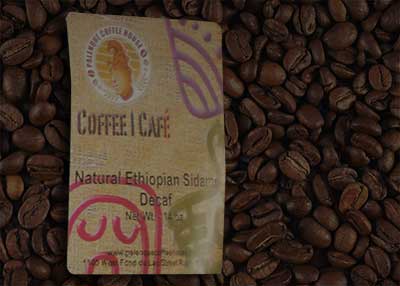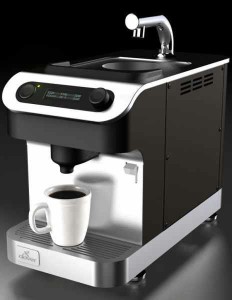Coffees that Factor Heavily in South American Production

As you might imagine, the South American coffee landscape is one of high variance, high consistency, and what amounts to essentially a lot of coffee. It’s not easy to summarize an entire continent’s worth of coffee – especially when you’re talking about South America – but we can certainly gloss over some of the big names in coffee across South America.
- Arabica and Robusta: As mentioned, the two large categories of coffee are both cultivated to varying degrees in South America, which means that as a whole the entire continent is a little more versatile in its coffee offerings than is Central America, South America’s only land neighbor. Robusta coffees are often offered in multiple blends while the Arabica coffees are more likely to be offered in single origin coffees.
- Bourbon Santos: Named for the port of Santos in Brazil, Bourbon Santos comes from a rich history of Bourbon coffee in Brazil. In fact, this coffee was first introduced to Brazil back in the 19th century, when it was discovered that South America – specifically in Brazil – was well-suited for providing Bourbon coffee with a home. Santos is one of the chief single origin names in Bourbon coffees across the world.
- Bogota: This place in the eastern portion of Colombia is often paired with Bucaramanga, which is nearby. Much of the creamy, heavy body people associate with Colombian coffee actually comes from these eastern regions, which produce a coffee of low acidity and high flavor. In other words, this is the Colombian coffee of your dreams.
- Maracaibos Coffee: This is a category of Venezuelan coffees that includes a number of individual varieties like Trujillo, Tachira, and Merida. Like Colombian coffees, these come with rich flavor and acidity that is relatively mild, making it a favorite to anyone who enjoys low-acidity coffee (typically, these are people new to coffee).
- MAM: This acronym actually stands for Medellin, Armenia, and Manizales, which are Colombian coffees that set the standard for coffees not only in the country, but across perhaps the world. These are sometimes marketed as a package, so it’s good to be careful about finding single origin coffees from this region We’ll deal with each specific type of coffee in the MAM acronym later on in the chapter.
- Apurimac: This refers to a river in Peru where coffee is grown. Specifically, it is also grown in the Chanchamayo and Urubamba valleys nearby, which means that the premium Peru coffees tend to come from single origins near this river.
This is just a brief overview of the types of coffee you can expect to see if you seek single origin coffees from South America: in other words, these are the heavy hitters not only in one continent, but deserve praise along coffees the world over.





